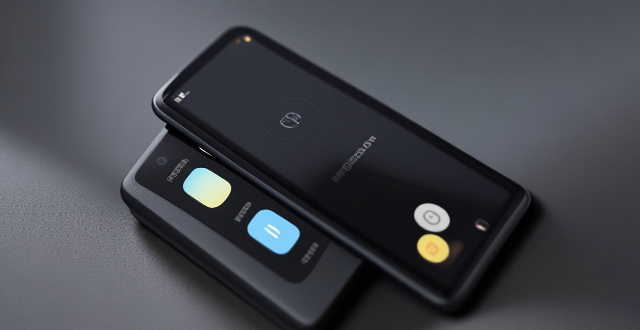The frequency of software updates on a second-hand smartphone depends on the device's age, manufacturer support, and model type. Newer models from major brands receive more updates for a longer duration compared to older or less popular models. To maximize updates, research the model's release date, verify its current software version, stay informed about official updates, consider custom ROMs, and regularly check for available updates.

Software Updates on Second-Hand Smartphones: What You Need to Know
How Often Should You Expect Software Updates?
The frequency of software updates on a second-hand smartphone can vary depending on several factors, including the age of the device, the manufacturer's support policy, and the specific model. Here are some key points to consider:
Age of the Device
- Newer Models: If the second-hand smartphone is a recent model (e.g., from the last two years), you can expect regular software updates for at least one to two years after its purchase date.
- Older Models: For older models (e.g., more than three years old), the frequency of software updates may decrease significantly or stop altogether. Manufacturers typically provide updates for only a limited time, usually around three to four years from the initial release date.
Manufacturer's Support Policy
- Major Brands: Major smartphone brands like Samsung, Apple, and Google generally offer longer support periods for their devices compared to smaller brands. They also tend to release more frequent security patches and minor OS updates.
- Smaller Brands: Smaller brands or less popular manufacturers may have shorter support periods or be slower in releasing updates due to limited resources.
Specific Model
- Flagship Models: High-end flagship models from any brand are likely to receive more frequent and longer-lasting software updates compared to mid-range or budget models.
- Budget Models: Budget smartphones may not receive as many updates, and those updates might be delayed compared to their flagship counterparts.
Tips for Maximizing Software Updates on Your Second-Hand Smartphone
1. Check the Model's Release Date: Before purchasing a second-hand smartphone, research the model's release date to get an idea of how long it might continue receiving updates.
2. Verify the Current Software Version: Ensure that the device is running the latest available software version before buying it. This can give you an indication of how up-to-date the previous owner kept the device.
3. Stay Informed About Updates: Keep an eye on official channels (such as the manufacturer's website or forums) for announcements about upcoming software updates for your specific model.
4. Consider Custom ROMs: If official support has ended, you can explore custom ROMs developed by the Android community. These unofficial firmware options can extend the lifespan of your device with new features and security enhancements. However, installing custom ROMs voids your warranty and requires technical know-how.
5. Regularly Check for Updates: Even if your second-hand smartphone is no longer receiving official updates, it's still a good practice to periodically check for any available updates to ensure you have the latest security patches and bug fixes.
By understanding these factors and taking proactive steps, you can maximize the lifespan and performance of your second-hand smartphone through regular software updates.